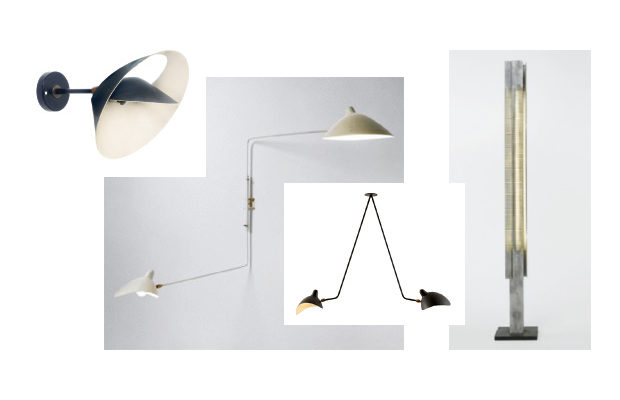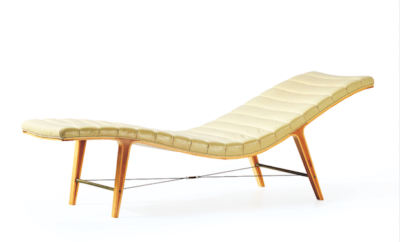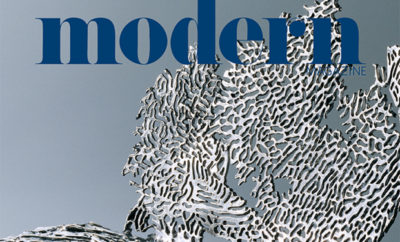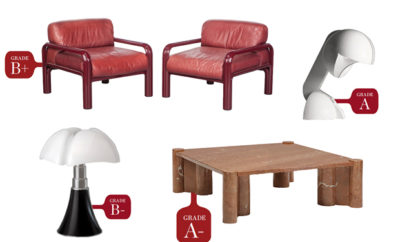
Design
Serge Mouille, Lighting Maestro
Dan Tolson of Los Angeles Modern Auctions examines the work of French lighting maestro Serge Mouille
Serge Mouille, considered by many to be the master of lighting, exhibited a consistently high standard of design acumen and execution throughout his short career. With unwavering attention to detail, each design, ubiquitous or scarce, was handcrafted in his studio in Paris. Contrary to the majority of his contemporaries, who often exercised different tiers of production in order to respond to market demand, Mouille rejected consumer influences and stayed true to his vision, producing some of the most exquisite works in design history. In my opinion, there is no such thing as a “bad” Serge Mouille design.
Despite their futuristic and machine aesthetic, Mouille’s designs are rooted in the principles of the craft tradition. It comes as no surprise to collectors of his work that he was a trained silversmith and metallurgist of exceptional talent. Hand-cut and molded lampshades, carefully burnished brass joints, and delicately painted black-enameled elements are a few of the characteristics of a Mouille design. As a general rule, collectors covet examples with excellent original paint and the original electrical hardware, including the flex, bulb socket, and early plastic plug. But as always, when collecting Mouille designs, condition, rarity, and provenance are of paramount importance. I should stress once more that there is not a lower-tier Mouille production.













